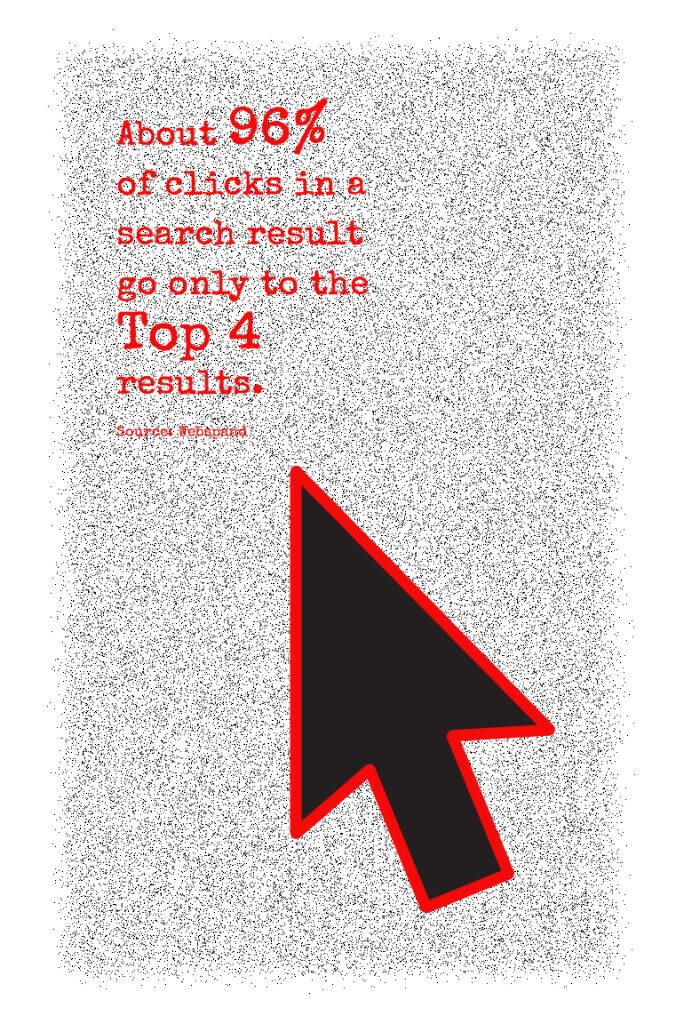
There are distinct differences between B2B and B2C marketing,
but the commonality is that it’s all about image.
Regardless of your target market, or business specifics, your branding strategy must be cohesive and integrate all your other marcom tactics. But remember, it’s not a popularity contest benchmarked by the number of followers. It comes down to the trust you achieve through a solid foundation, built on valuable, relevant marcom tactics.
Proper branding in a business-to-business environment requires a strong, consistent corporate identity that differentiates you and undeniably proves your company’s value proposition. It’s absolutely essential that all marcom functions—website, collateral, email, advertising, PR, signage, etc.—not only support, but enhance this objective.
So when you’re ready to introduce a new company or product brand, or refresh an existing one, having a solid process in place will enable you to carry your branding elements through from start to finish.
One of the first priorities is defining a brand strategy and messaging hierarchy—basically, how will your company be represented visually, and what language needs to be used, so content and images are developed in a strategic, consistent manner. This involves:
1. Brand Insight
2. Brand Discovery
3. Brand Strategy and Messaging
Brand insight involves assembling all input, good and bad, into one location. Start by laying out as much insider and outsider knowledge as you can muster to quickly gain in-depth insights about how to position your company—the industry, products and services, a SWOT analysis, customer experiences, competitors, etc.
Basically, you need to understand how business, strategy and culture fit into the existing landscape, so you can accurately develop and promote the brand you want to be.
Next is a focus on brand discovery, looking inside your company to define your value proposition. By bringing together key people from different areas of the operation for honest feedback and constructive criticism, you can establish an agreed-upon value proposition that all members of the organization can get behind. These unique selling points need to truly differentiate your company within your target markets.
From those results, your brand strategy should start to form, and with it, a positioning statement with cohesive messaging. This will will set the stage for you to develop the necessary content for a comprehensive, integrated marketing communications program.

But it doesn’t stop there—your brand doesn’t need to just sound good, it needs to look good…and look consistent across whatever printed or digital form it takes. Otherwise, good luck convincing prospective customers to make the commitment to trust your products and services.
And that means going beyond just developing a logo and tagline. It also means developing an unforgettable graphic style that can be used and adapted to any communications tactic that you need to implement. From your website to printed collateral, make sure your company image reinforces and strengthens your brand, making you memorable to those that matter most—your customers and prospects.
As your brand guardians, we can help you put together graphic guidelines that ensure the look and feel of your brand remains intact, even as you implement global campaigns across different countries or launch products into new markets.